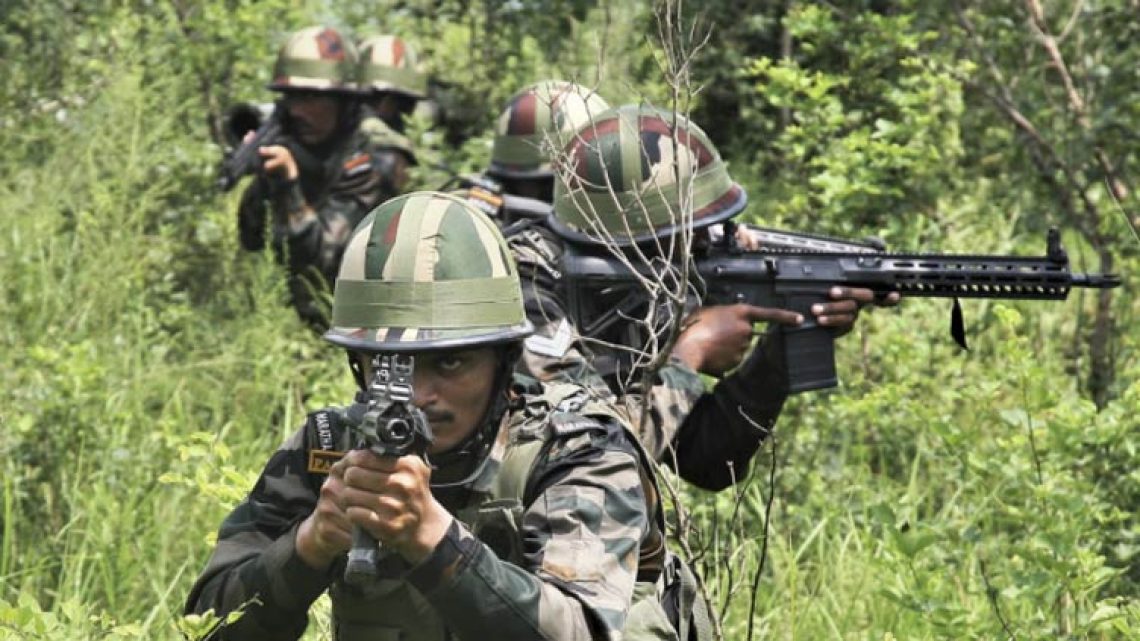
Warfare and the Environment: The Fragile Ecosystem of IIOJK
November 1, 2024In conflict zones like Indian Illegally Occupied Jammu & Kashmir (IIOJK), environmental degradation transcends ecological concerns; it directly threatens human security and regional stability. This area, rich in biodiversity, forms a crucial part of the Himalayan ecosystem, known as the “water tower of Asia.” It supports ten major river systems, serving nearly 1.3 billion people in South Asia.
The Indian military’s heavy presence has exacerbated resource depletion and environmental damage. This militarization, combined with rampant illegal logging and unchecked development, has led to extensive deforestation and depleted water resources. Local wildlife populations have been devastated, pushing the region closer to ecological collapse.
The military’s extensive operations have dire consequences. Illegal construction and land clearing for military purposes have polluted rivers, essential water sources, and disrupted local ecosystems. Over the past fifty years, Indian Illegally Occupied Jammu and Kashmir has lost around 23% of its forest cover due to unauthorized timber harvesting. This reckless exploitation not only weakens forest resilience but also threatens Himalayan glaciers, which have already shrunk by 23% due to climate change.
Such degradation is a blatant violation of international environmental laws. Protocols like the Geneva Conventions’ Additional Protocol I prohibit deliberate environmental destruction during warfare. Yet, in IIOJK, the environment is systematically exploited as a control tactic, with devastating consequences for local communities and biodiversity.
Evidence suggests that environmental destruction is an intentional strategy rather than an incidental consequence of conflict. The International Committee of the Red Cross clearly forbids using environmental harm as a weapon of war. However, in IIOJK, natural resources are weaponized against the local populace, leading to soil erosion, water contamination, and destruction of agricultural lands. This not only jeopardizes food security but also public health.
Local biodiversity suffers significantly. The Hangul deer, a culturally significant species, has seen its population plummet by 95% due to habitat destruction. Classified as critically endangered, this deer represents the broader ecological crisis facing the region. The decline of the Kashmir stag illustrates the deepening repercussions of environmental degradation on cultural heritage.
International humanitarian law mandates environmental protections, but these are routinely violated in IIOJK. The Additional Protocol I prohibits severe damage to the environment, emphasizing the need for preservation even during conflicts. Yet, the militarized environment continues to face substantial harm, highlighting a troubling disregard for these legal standards.
Civilian essentials, including agricultural lands and water resources, are under constant threat. Indiscriminate shelling of these vital resources not only breaches the Geneva Conventions but also undermines peace-building efforts. By destabilizing IIOJK’s ecological foundations, these actions threaten broader South Asian stability.
The International Day for Preventing Environmental Exploitation in War calls for a unified global response to protect ecosystems in conflict zones like IIOJK. The UN Security Council increasingly recognizes that environmental protection is integral to global peace and security.
To address environmental destruction, a dual approach is essential: humanitarian intervention alongside conflict resolution. International actors must enforce compliance with environmental laws and humanitarian principles.
The global community must press India to uphold its legal obligations, ensuring that environmental degradation is neither a consequence nor a tactic of conflict. Preserving the Himalayan ecosystem is not just a local issue; it’s a global responsibility. Mechanisms like the UN Environment Programme and the International Court of Justice should be mobilized to hold violators accountable and promote ecosystem preservation in contested regions.

